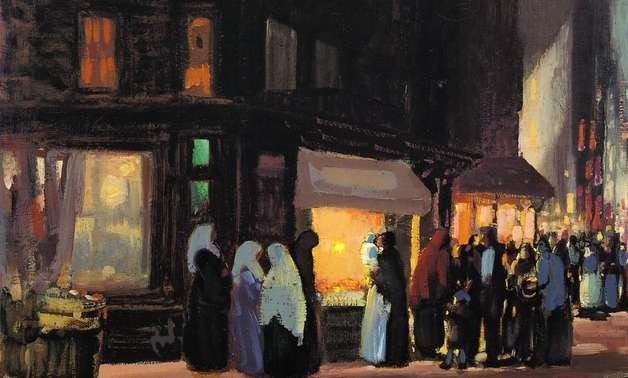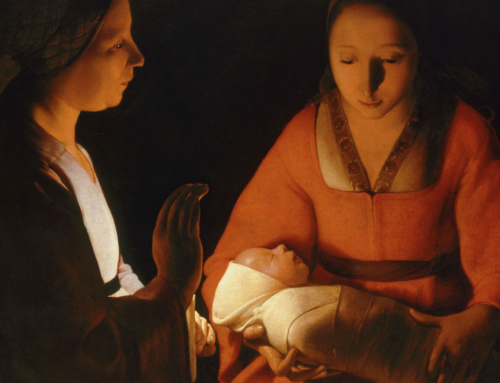Before entering the Order, I had the opportunity to assist in organizing and overseeing the various celebrations that mark the feast of Our Lady of Mount Carmel. Many Americans (especially Italian Americans), when reminded of this feast, associate it quite strongly with Italian Catholicism. After all, what other tribe or nation names her sons “Carmine”, in honor of the Blessed Mother?
Despite this initial impression, however, I was struck by the many devotions that have sprung up around this feast. One particular observance, common to other celebrations, is a multilingual rosary. Given that this was taking place in New York City, you would think the devotion would reflect the many different nations that fly to Mary’s intercession. Thanks to the seasoned metropolitan crowd, it went fairly smoothly for all five languages: Italian, Spanish, French, Latin, and English.
However, if you scratch below the surface, there is more there than might be expected. I had been asked to lead the decade recited in Italian, a language that (despite my last name) I had never read before or since. As mentioned, it went well (thanks to my Spanish and Latin, and a quarter hour of coaching).
Still more surprising was the population in the pews. The church, packed to the gills, consisted primarily (in fact, almost exclusively) of Haitian Catholics looking to show devotion to the Madonna. Comprising ninety-five percent of the congregation, they seemed to have equally facility with all the languages. Furthermore, the rosary was just one thing on the list for this great day. Starting with a procession, Vespers, rosary, and a beautiful Mass, the people, indefatigable, set out to spend the evening (some even the entire night) with Our Lord and the Blessed Mother. All throughout were sprinkled hymns from various European countries, which were thundered by the throng. As for the Italian hymns, which constituted the bulk of the hymnody, the Haitians embraced them with more gusto than any Italian parish I have seen. Although the Italian presence in the neighborhood is but a whisper of what it once was, its culture has been entrusted to others.
What of it?
Many in the congregation embraced practices that would be considered unusual, and perhaps even unnerving, in other New York parishes. For example, many did not hesitate to extend their hands in benediction (or supplication). Others clapped at unusual points of the Mass. Still others insisted on improvising rounds in some of the hymns. While some of these expressions were certainly surprising, the motivation was clear: devotion to the Blessed Mother.
While accepting acts like these as true devotion, the Blessed Virgin directs all praise meant for her to “God her Savior” (Lk 1:47). Thus, in receiving our veneration, the Mother of God secures and strengthens our relationship with her Son. The Blessed Mother is no respecter of persons, and cherishes the reverent silence of some, along with the enthusiastic shouting of others. She cannot help but do so, as this diversity reflects the nature of the Church, which is the Body of Christ. Just as the hand is not to judge the foot, so we are not to judge our brethren outside of the universal standard of charity in truth.
However, as distinct as they are, the hand and the foot are both part of the same body. In a sense, the hand must relate fundamentally to the foot, or it risks self-amputation. The simplest way to restore their proper order is to go look back to the Blessed Virgin Mary, Mother of Christ, Mother of the Church. May she intercede for us, that we may be filled with the vibrant faith that impels Haitians to sing Italian.
✠
Image: George Luks, Bleeker and Carmine Streets







